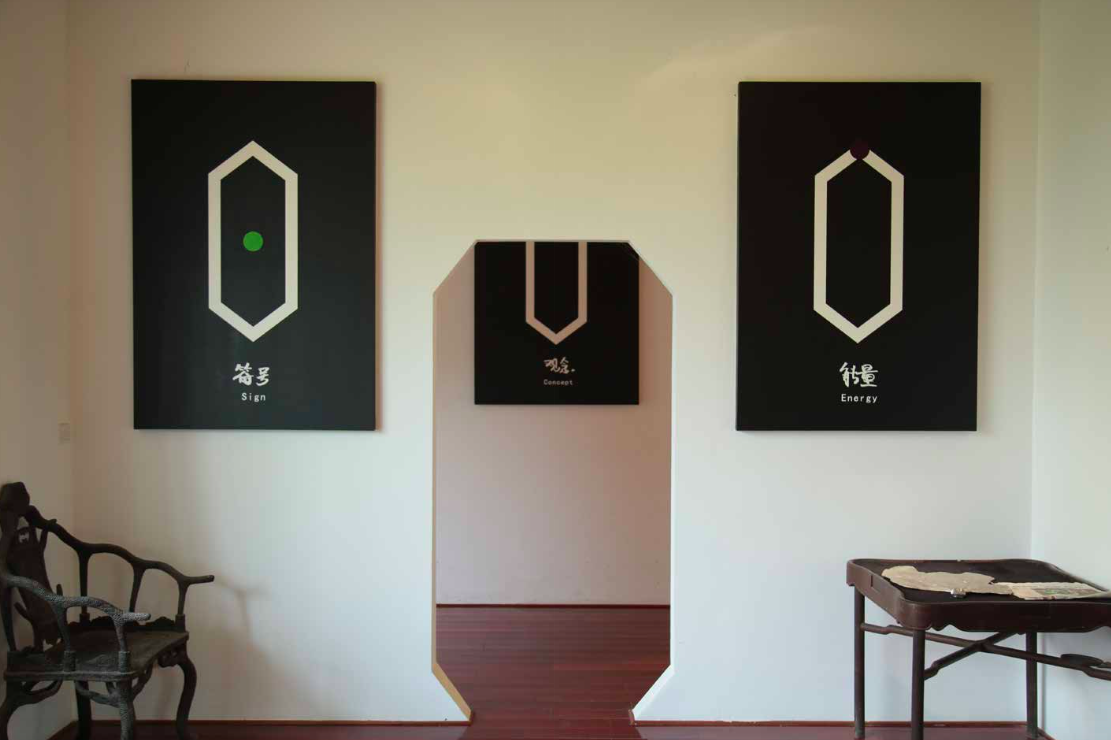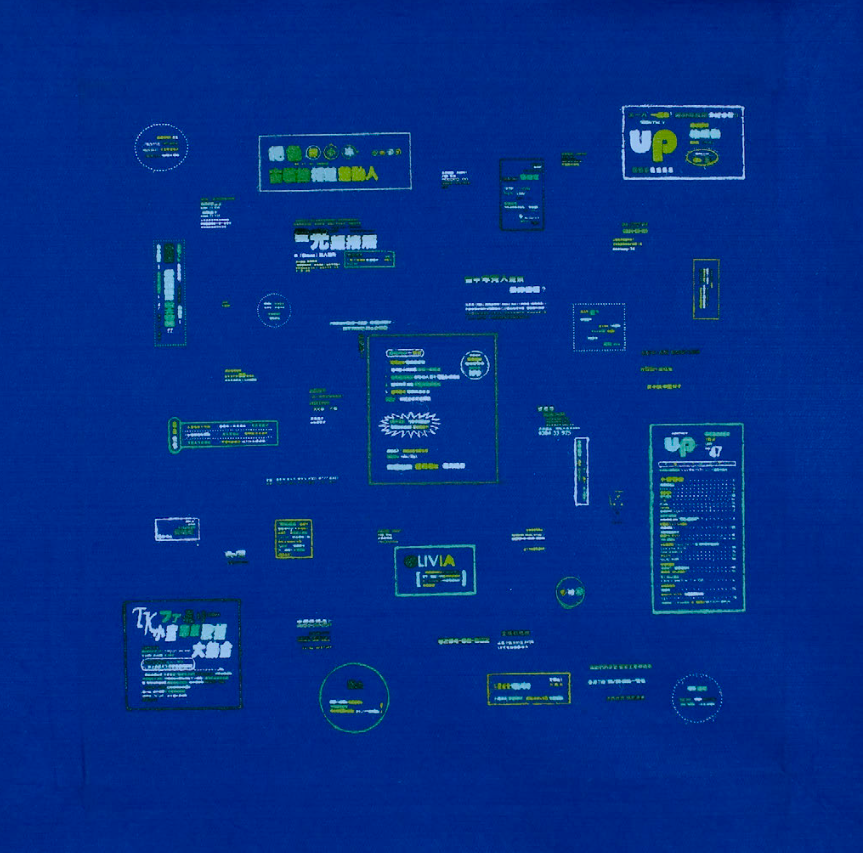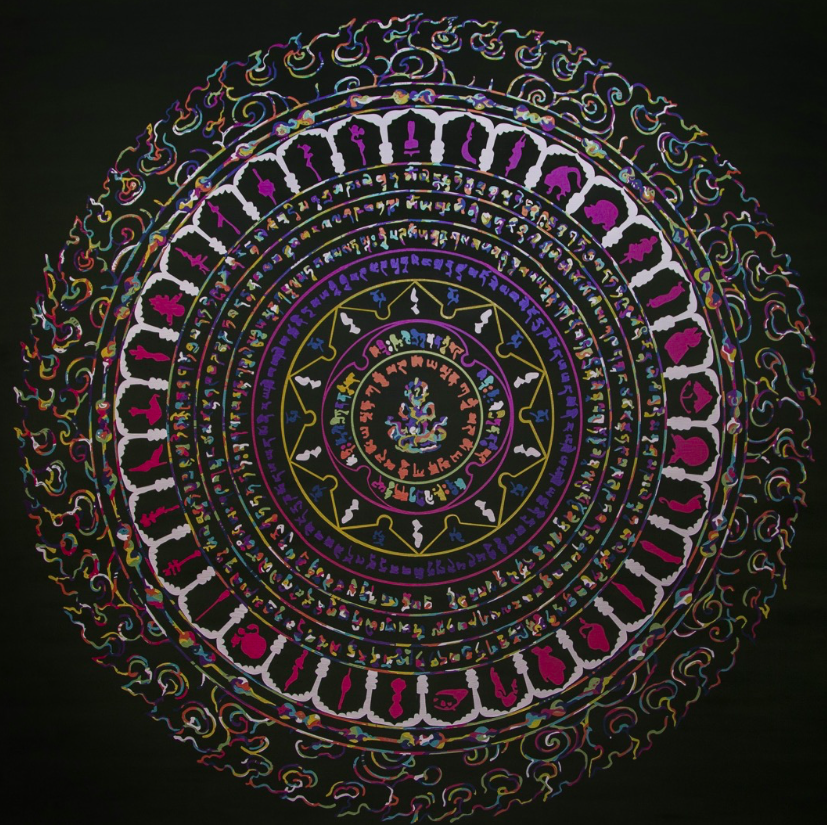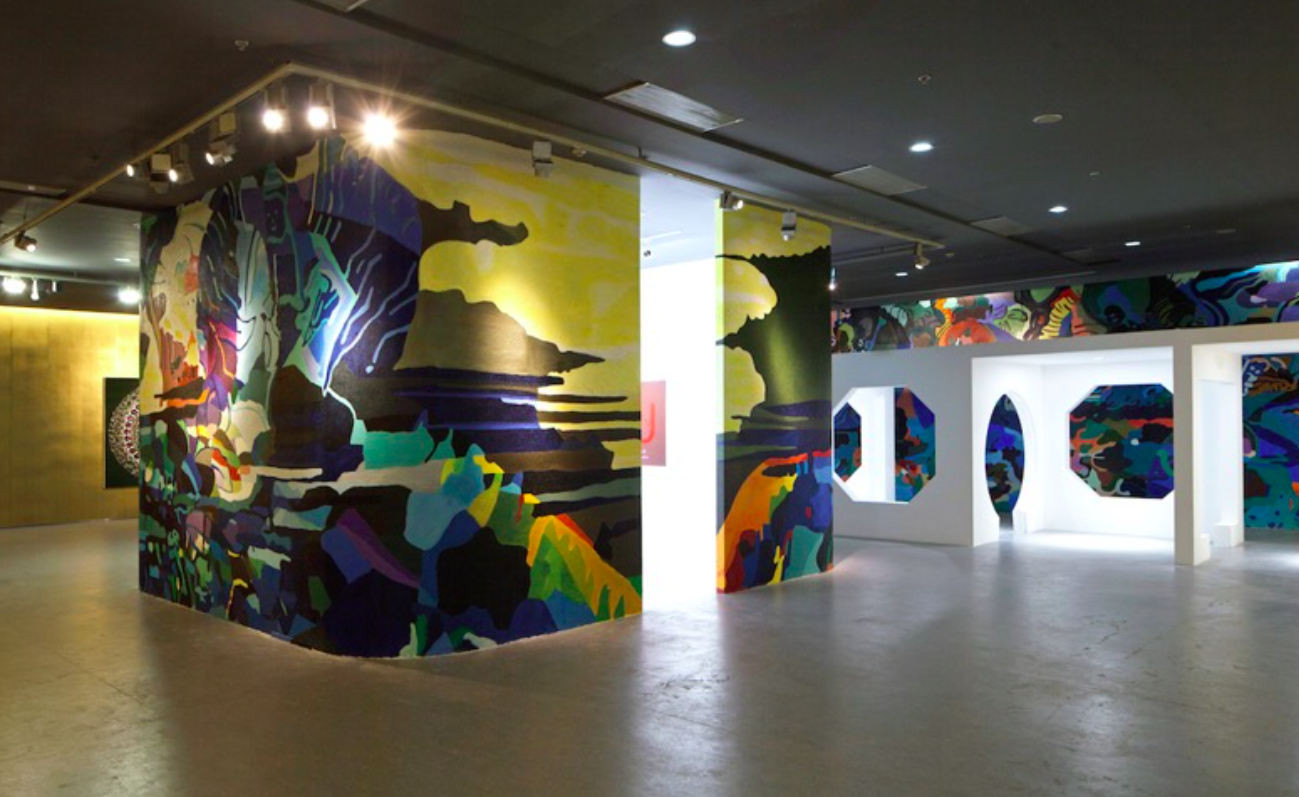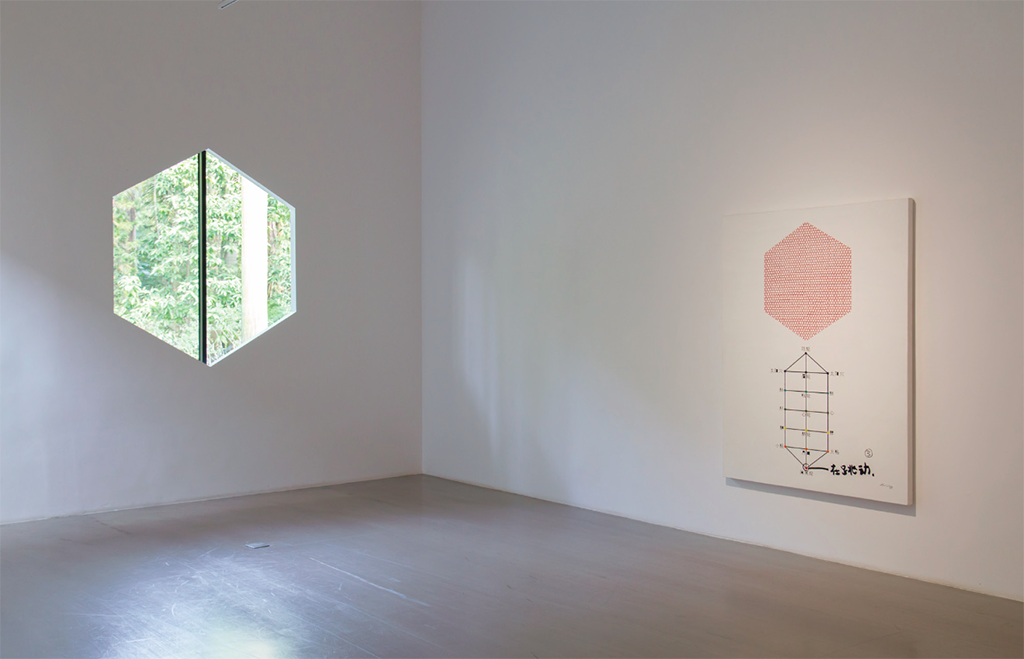Where Energy Inhabits? The Winding Path to Trueness
Hu Fang
One tea leaf gives birth to twenty-eight thousand buds, thus forming a concentrated ecosystem, or rather a concentrated forest. Slowly the forest gets purified over time; once all the impurities are filtered out, it turns into a source of energy. Once established, the pure energy becomes a monocrystalline world. Our body may not be able to recover by itself, but drinking tea enables us to return to a status of recovery, during the process of which tea serves as the medium.
—Zheng Guogu
I
Today’s seemingly too clear historical consciousness possibly comes hand in hand with the degradation of human perception. Consequently, it is difficult for us to imagine the dynamic and mysterious entanglement of chaos and order in history; paradoxically, an increasing number of contemporary biology and physics research have shown that most biological systems and many physical systems are discontinuous, heterogeneous and irregular. The complex structure and capricious behavior of life systems can be attributed to less certain rules or patterns than a willingness to submit oneself to chaos.
Such a dynamic system full of turbulence and chaotic features is perhaps what contemporary artists are faced with; its flow is characterized by spatial uncertainties. The Chinese artist Zheng Guogu’s latest works try to reveal the energy flow lurking in the process of perception. The so-called “to see” is actually the process of using the energy all over the body to perceive multiple spatial dimensions. In Zheng’s paintings, the vibration of color frequencies is closely related to the workings of human arteries and veins, as well as the operation of the universe. Furthermore, the vibration is the tempering of an existential insight
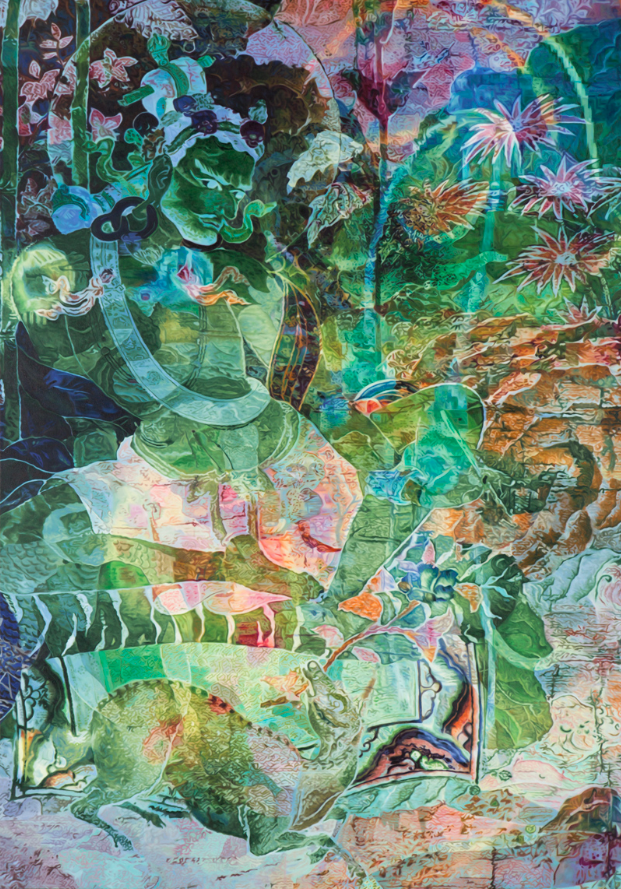
Zheng Guogu, Visionary Transformation of Achievement II, 2016, oil on canvas, 207 × 144.5 cm
For Zheng Guogu, painting is a two-dimensional space he has to endure, and how to access this space freely and see through the spells and illusions of this era are the key objectives of his persistent practice. The spiritual inspiration which the mahottara (a Buddhist term, meaning “great illusion”) has brought about is not only embodied in religious symbols and language carried by the traditional thangka paintings, but Zheng can transform the acquired knowledge and develop a painting process that is closely related to our era, the era challenged by the curse of falling apart and at the same time blessed with great possibilities. Enlightened by mahottara, mantra wheel as well as a series of related painting practices, Zheng Guogu can see more clearly the surrounding energy field and the energy flow and meridian system all over his own body*. We as spectators can in turn be guided through his eyes and gradually enter an ambiguous and intangible space. In this way, painting reveals a process of exploring the energy exchange of the whole body as well as the surroundings, and the exhibition space is in turn transformed into a lively place collecting energy and wisdom from a “monocrystalline world” (for instance: tea).
A view of Zheng Guogu’s Liao Garden, 2018.
II
In the environment of Zheng Guogu’s Liao Garden (an ongoing garden/land project initiated in 2005), there is the circling of the koi, and there is the intricately layered aquatic system; there is the house made of reinforced concrete, and there is the overgrown plant life; there are the tealeaves that are the compressed distillation of vegetal essences, and there is the “symbol-less” “world of pure energy” to which Zheng Guogu aspires. As though in response to this carefully constructed environment, Zheng Guogu’s paintings are dedicated to the transmission of visions of sensory energy – visions that develop according to diverse trajectories across different temporal processes until they turn into colors and images.
Liao Garden, 2017.
The research into energetics that emerged from Liao Garden may seem to be a radical departure from the transformations of consumer culture that Zheng Guogu has pursued since the 1990s, but in fact he has always had an intense interest in the relations between self-conception and the image mechanisms that influence individual perception in the contemporary world – systems of consumption and systems of belief both rely on images, text (and the sounds associated with it) and color to guide people to their life’s desires and dreams.
Zheng Guogu, Computer Controlled by Pig’s Brain No.113, 2007, oil on carpet, 80 × 80 cm
Zheng Guogu, Wheel of Yamantaka Mantras (Mantras Wheel of Career No.1), 2014, oil on linen, 200 × 200 cm
It is precisely through the aid of digital image reconstruction that Zheng Guogu’s Great Visionary Transformation series extracts traditional thangka paintings from the center of “classical multimedia power,” and “transforms” the projection of people’s visions into a vague semblance. Given the current disintegration of the “human figure,” is it possible to use the existential properties of this “transformation” itself as a support for those forms that are constantly changing and disappearing due to their own self-identification?
Zheng Guogu: Ubiquitous Plasma, exhibition view at OCAT Xi’an, Xi’an, 2015.
Zheng Guogu: The Winding Path to Trueness, Exhibition view at Mirrored Gardens, Guangzhou, 2017.
In contrast, the Aesthetic Resonance of Chakra series is more like a manifesto on the aesthetics of energy: the painting becomes an image not through a process of producing information/signs, but as a practice that can capture invisible bodily energies and detect different sensory dimensions; and all of this can be linked to the investigation of dark mental space in the Brain Nerves series. Such investigations necessarily require the self as the medium for sensing indescribable flows of energy, and although it may seem to have the inevitable randomness of personal methods, as a shareable space for investigating energy the painting ultimately also welcomes the corroboration of other individuals.
A view of Zheng Guogu’s Seven Condos, Yangjiang, 2018.
Even though the “human figure” dissolves into the trembling of the light waves, when we enter the thick of Zheng Guogu’s paintings we can still faintly discern the state of these energy convergences: those with extreme ups and downs, and great sorrows and happiness; the rational person, the recluse, the one who makes something out of nothing; the individualist, the objectivist, the projector; the wealthy, the creator, the adventurer; the cosmist, the mystic, the deformed; people who are calm and at peace, or people who are weak and indecisive; the featureless, the featured, and the unfathomable. And these energies we each carry with us – could we turn them into an encounter with art that leads us to transcend our own aspects?
I’m not sure whether the dust in the air will become food for ghosts, or whether the color system carried by our human flesh can respond to the separation and reunion of cosmic energy. Anyhow Zheng’s works at least inspire our imagination of a spatial dimension difficult to perceive. Continuous flow cycles seem to exist between the artworks and our bodies as well as emotions “aroused” and “not aroused,” leading to the ups and downs of life rhythm and in turn reflecting the spectral sequence of individuals different from that of the world.
* The meridian system is a traditional Chinese medicine belief about a path through which the life-energy know as ‘qi’ flows.
Text © 2020 the Author and The Pavilion
All works of art by Zheng Guogu © the Artist
Courtesy of the Artist and Vitamin Creative Space
